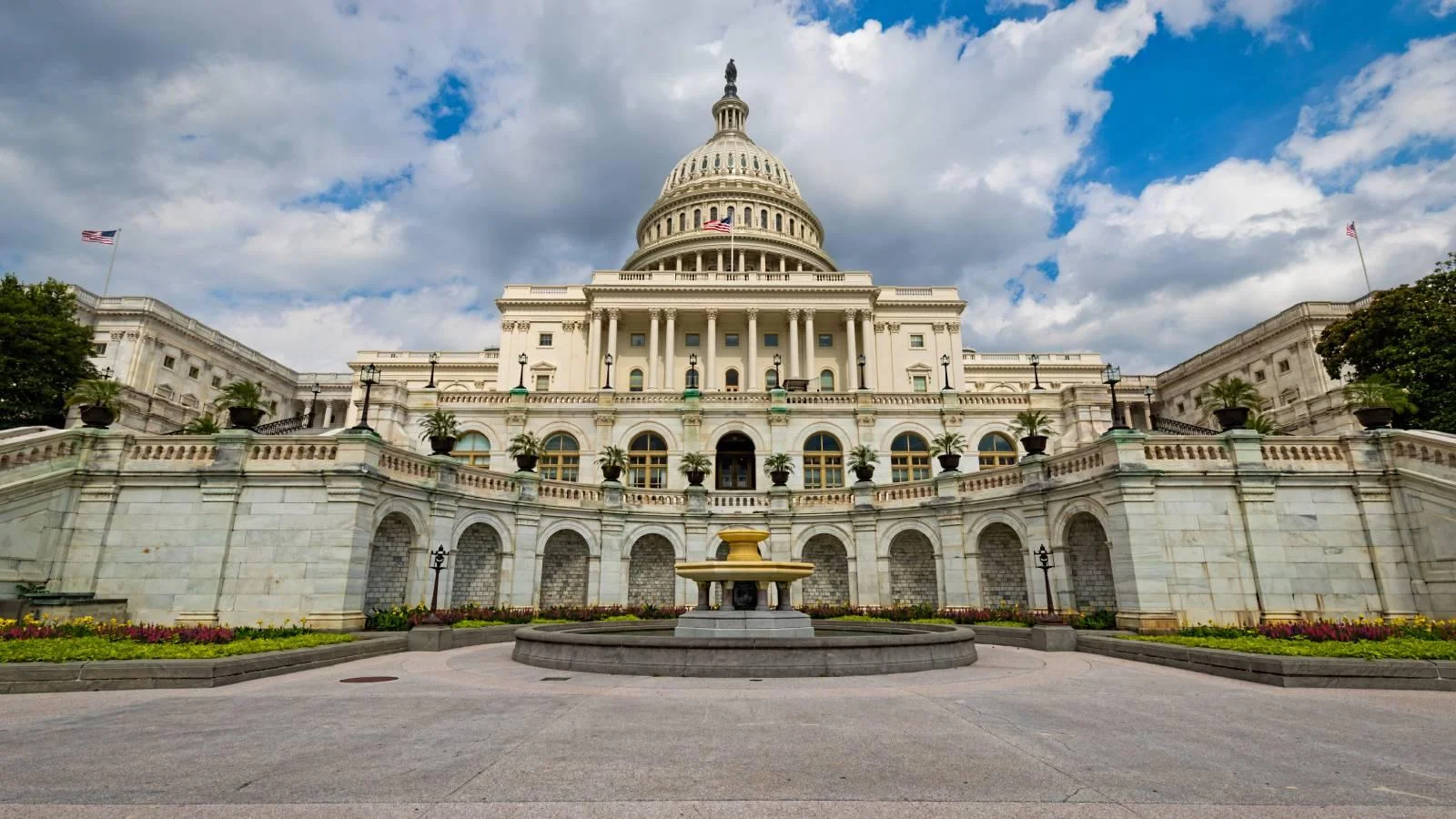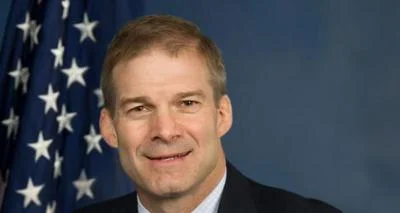The Congressional Record is a unique source of public documentation. It started in 1873, documenting nearly all the major and minor policies being discussed and debated.
“UPON INTRODUCTION OF THE ESSENTIAL AIR SERVICE ELIGIBILITY FAIRNESS ACT OF 2003” mentioning the U.S. Dept. of Transportation was published in the Extensions of Remarks section on pages E845 on May 1, 2003.
The publication is reproduced in full below:
UPON INTRODUCTION OF THE ESSENTIAL AIR SERVICE ELIGIBILITY FAIRNESS ACT
OF 2003
______
HON. JOSEPH R. PITTS
of pennsylvania
in the house of representatives
Thursday, May 1, 2003
Mr. PITTS. Mr. Speaker, today, I introduced the Essential Air Service Eligibility Fairness Act of 2003, a bill to provide much needed financial relief to the Lancaster Airport and other airports throughout the United States that are adversely impacted by the existing law.
Under current law, if an airport is located fewer than 70 highway miles from the nearest large or medium hub airport, the airport is ineligible to receive a subsidy from the Essential Air Service Program.
However, current law allows the Department of Transportation to determine whether or not a given airport meets the criteria for receiving the EAS subsidy.
State and local officials are better able to determine the most commonly traveled routes in their communities.
In my own Congressional District, the Lancaster Airport has been affected by this debate.
On March 21, 2003, the 3rd Circuit Court of Appeals affirmed the Department of Transportation's decision to deny Lancaster Airport an EAS subsidy because Lancaster Airport was deemed to be located within 70 highway miles of Philadelphia Airport.
The Lancaster Airport and my constituents were dismayed at this decision.
The route that the Department of Transportation used is not the most commonly used highway route and would take over three hours to drive. The most commonly traveled route is located 80 highway miles from Philadelphia Airport, but takes only one and a half hours to drive.
I am introducing this legislation today, to empower a Governor or a local Metropolitan Planning Organization (MPO) to determine eligibility for local EAS subsidies.
Having worked with local MPOs in my district, I am confident that these determinations should be made at the state and local level.
A Lancaster County rank seventh in the state for air service demand and generates over 876,000 annual originating air trips. Additionally, these air travelers pay more than $20 million per year in aviation taxes.
Lancaster County with over 11,000 businesses and a population of over 472,000 needs and deserves commercial air service.
This legislation will ensure that communities like Lancaster County continue to receive quality local air service. I urge Congress to support this legislation.
____________________









